Picture stumbling across a bone in the dust, only to realize you’re holding a secret from millions of years ago. That’s the thrill scientists feel when they unearth cat fossils—especially the ones that just don’t make sense. For years, some of these ancient felines sparked heated debates, wild theories, and more than a few sleepless nights in the paleontology world. Why did some ancient cats have teeth as long as steak knives? How did they hunt, climb, or even live? Today, we’re diving into nine fossils that left experts scratching their heads, rewriting what we thought we knew about cats. Get ready for a journey through time, mystery, and the untamed heart of feline evolution. It’s a wild ride, and every bone tells a story that’s stranger than fiction.
The Sabertooth Surprise
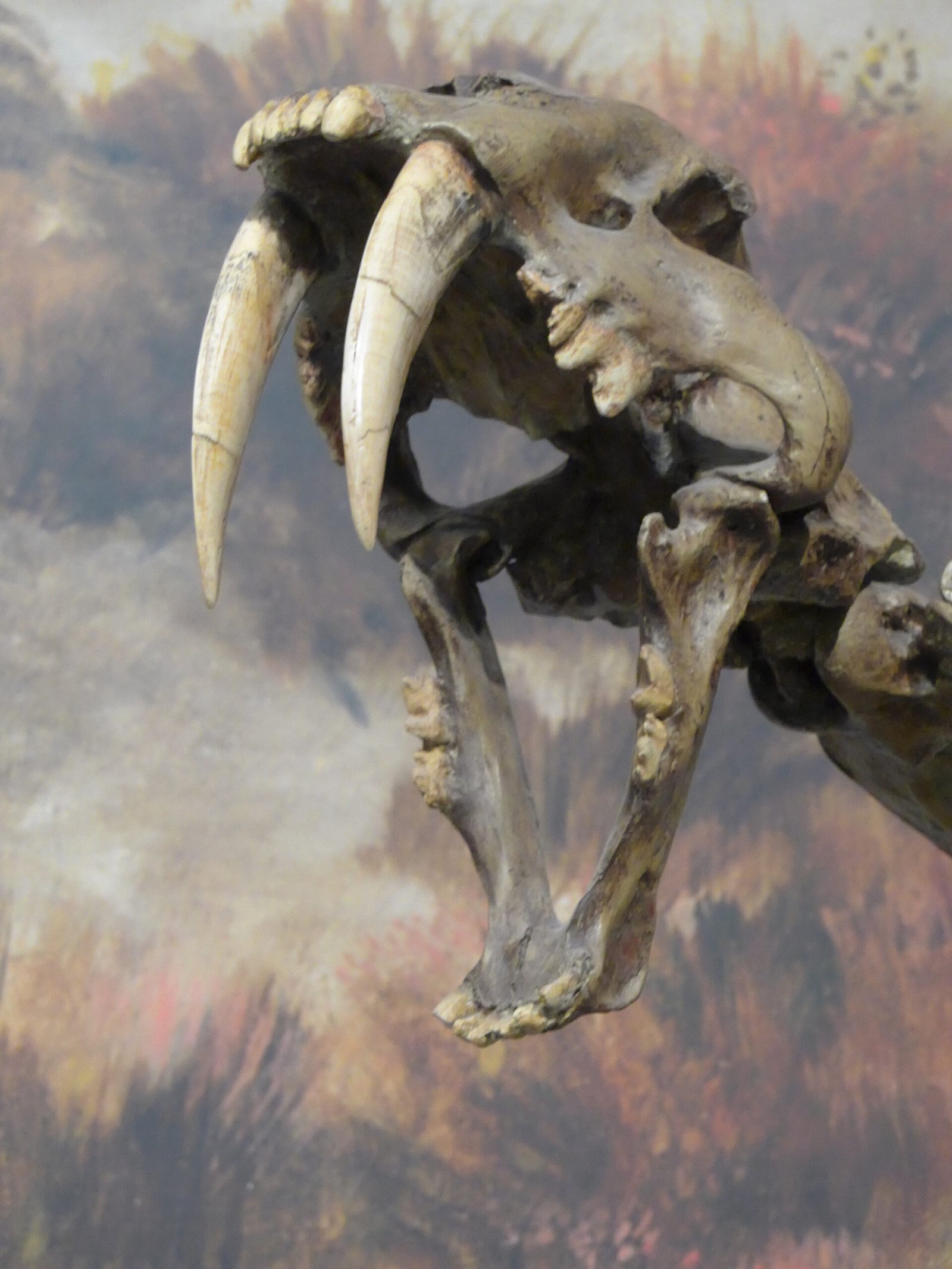
When paleontologists first uncovered the skull of Smilodon fatalis, they couldn’t believe the size of its teeth—giant, curving sabers that looked almost cartoonish. For decades, no one could agree on how these cats actually used their massive fangs. Were they for hunting mammoths, fighting rivals, or just for show? Some experts even doubted if the creature could close its mouth! Only in the last twenty years did new fossil finds, and cutting-edge studies, reveal the true story. Turns out, these sabertooths were ambush predators, using their fangs to deliver precise, fatal bites to the throats of huge prey. Their jaws could open wider than a human’s arm span. It’s a reminder of how nature experiments, and sometimes, the most baffling designs make perfect sense in the wild world of cats.
The Desert Ghost Cat
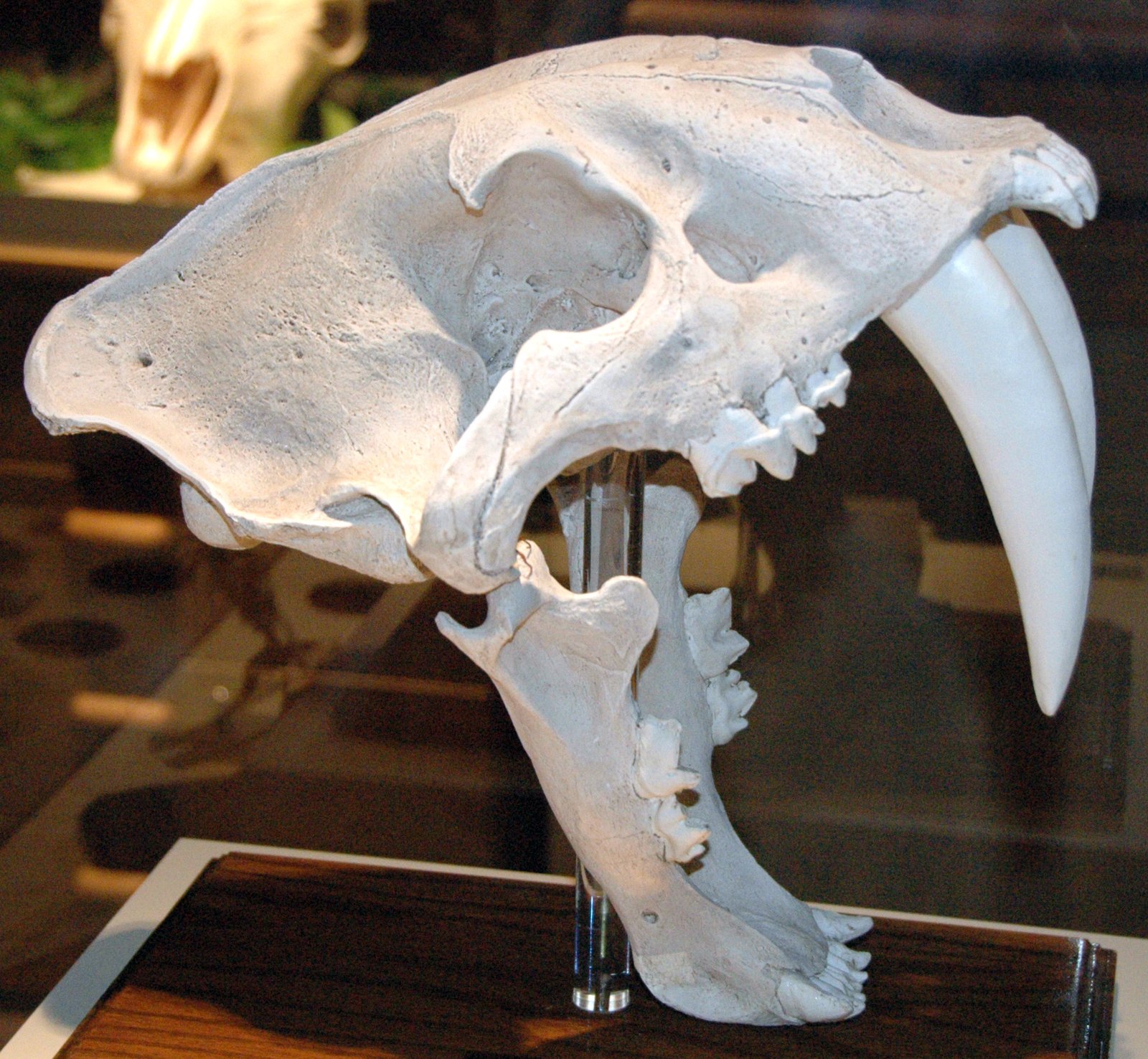
Long before lions prowled the savannas, there was Machairodus lahayishupup—a cat so mysterious, its bones seemed to vanish as quickly as they were found. Early fossil hunters believed these fragments belonged to bears or even unknown monsters, so odd were their shapes and sizes. It wasn’t until the 2000s that scientists pieced together enough clues to realize they’d discovered an ancient, massive cat that once roamed North America’s deserts. This “ghost cat” was as heavy as a lion but had a silhouette unlike any living feline. The discovery reshaped ideas about how cats spread across continents, reminding us that deserts can hide secrets for millions of years, waiting for the right eyes to see them.
Mystery of the Tiny Tiger
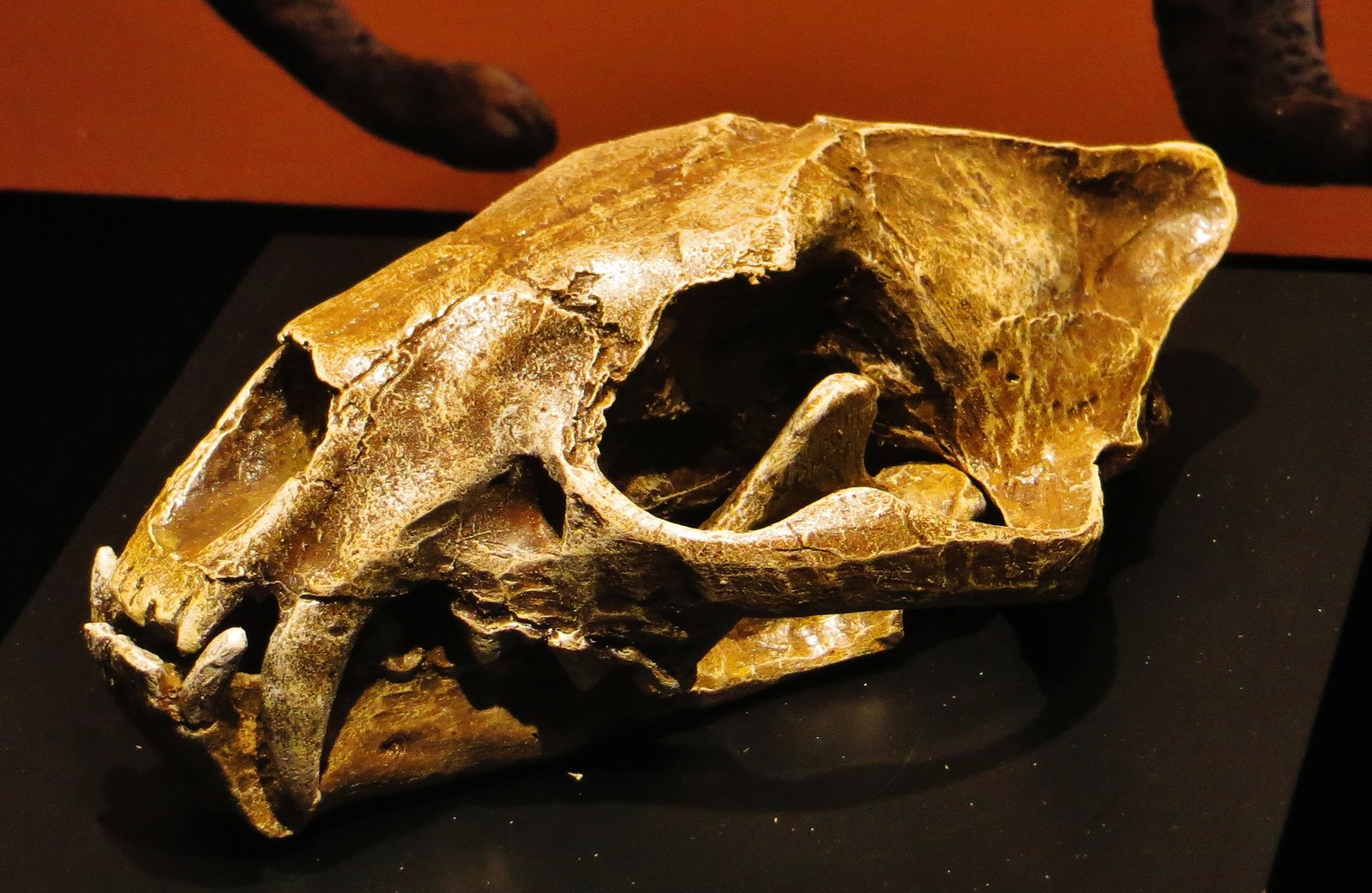
Not all fossil cats were giants; some, like Proailurus, were barely bigger than a housecat. For ages, scientists couldn’t figure out where this tiny feline fit into the big cat family tree. Its skeleton was catlike, but with odd, almost monkeyish features—long tail, nimble paws, and teeth not quite right for a modern predator. Only with advanced scanning and DNA clues did experts realize Proailurus might be the ancestor of all modern cats, the very root of the feline family. It’s humbling to think that today’s tabbies, tigers, and cheetahs can trace their lineage back to this tiny, mysterious creature that once scampered through ancient forests, unseen and misunderstood for so long.
The Cave Lion Conundrum
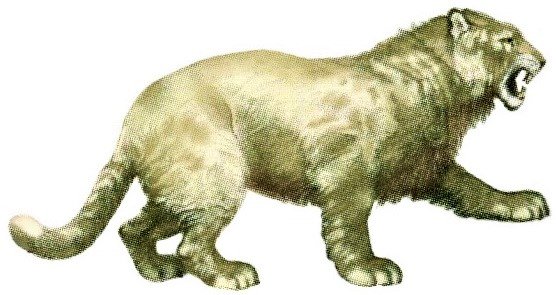
For years, fossilized remains of Panthera spelaea, the European cave lion, caused more confusion than clarity. Some scientists argued these enormous cats were just oversized versions of today’s lions, while others insisted they were a distinct species altogether. The real puzzle was in their bones: robust, yet with subtle differences in the skull and limbs. It wasn’t until the 2000s, with the help of ancient DNA, that researchers finally unraveled the mystery. Cave lions were indeed their own species, adapted for icy climates, with a lifestyle that likely included hunting reindeer and even mammoths. Their story is a reminder that looks can be deceiving, and every fossil has a voice if we’re willing to listen closely enough.
The Clouded Enigma

Neofelis nebulosa, the clouded leopard, left behind fossils that baffled experts for generations. Its teeth are bizarrely long for its body size, and its skeleton blends traits of both big cats and small ones. Paleontologists wrestled with where to place it on the feline family tree—was it a cousin of leopards, or something entirely unique? Only careful study in recent decades, including comparing ancient bones and modern DNA, helped scientists appreciate how this elusive cat bridges the gap between small and big cats. Its rare and ghostlike fossils, found in Southeast Asia, show that the clouded leopard is a living link to a time when cat evolution was still experimenting, creating wonders that defy easy explanation.
The Lynx’s Lost Past

Lynx fossils, especially those from the Ice Age, threw up more questions than answers for years. Some remains looked too big, others too small, and their ancient distribution puzzled researchers. Were these cats mountain specialists, or did they once rule vast plains? It took recent advances in dating techniques and genetic analysis to reveal that ancient lynxes adapted to a surprising range of habitats, from dense forests to tundra. Their thick fur and snowshoe-like paws were survival tools that helped them outlast many larger predators. Understanding the lynx’s lost past is like piecing together a family photo album with half the pictures missing—but every new fossil brings their story into sharper focus.
The Puzzling Panther
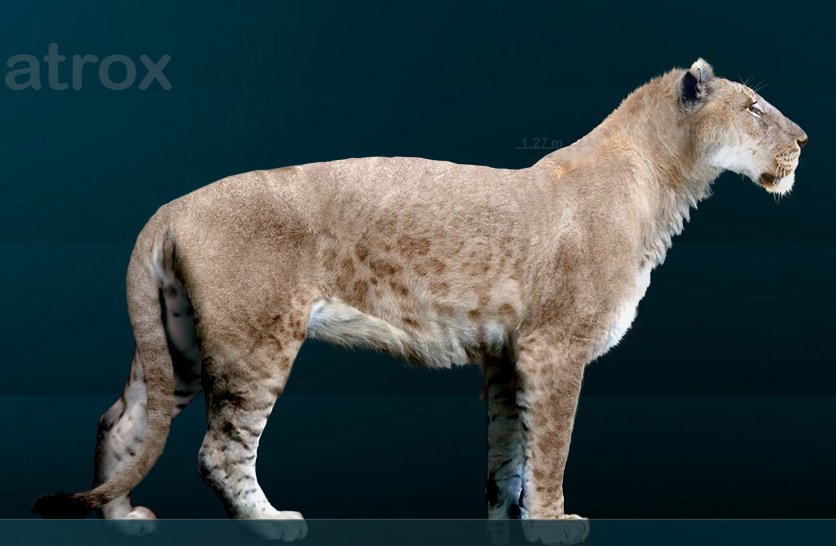
Panthera atrox, the American lion, was a giant among cats, yet for decades its fossils were misidentified as bears or tigers. Its massive size—bigger than any modern lion—confused early researchers who couldn’t fit it neatly into the known cat lineup. Only in the 2000s did detailed comparisons and DNA work reveal its true identity: a unique lion that once roamed the Americas, preying on bison and horses. Its bones, found in places like La Brea Tar Pits, tell a story of power and adaptability. The American lion challenges our ideas of what lions are and where they belong, showing how evolution can stretch the limits of even the most familiar creatures.
The Saber-Toothed Tree Climber
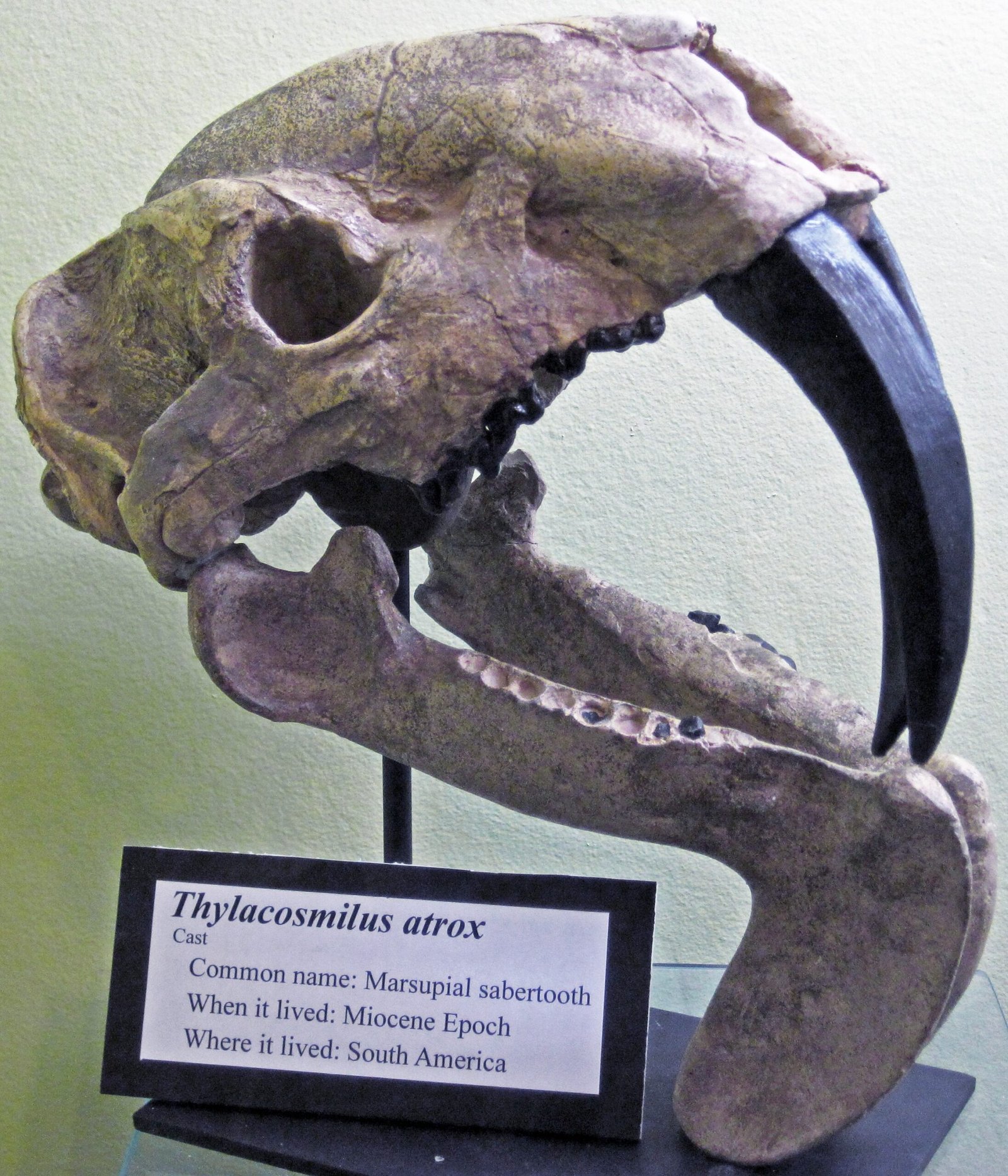
When fossils of Thylacosmilus were first studied, everyone expected another ground-dwelling predator. But this South American “saber-tooth” turned out to be a jaw-dropping oddball—not even a true cat, but a marsupial with fangs longer than its skull. Scientists couldn’t agree on how it hunted, or whether those teeth were even useful. Recent research, though, suggests Thylacosmilus might have climbed trees or ambushed prey from above, using its saber teeth in ways no modern animal does. This fossil is a wild reminder that not every “cat” is what it seems—and that evolution sometimes throws a curveball, just to keep us guessing.
The Snow Leopard’s Secret

High in the Himalayas, ancient bones of snow leopards puzzled scientists for decades. Their thick, dense leg bones and compact skulls didn’t match any living big cat. For years, their fossils were misfiled or ignored, mistaken for other animals. Only with a closer look in the 2000s did researchers realize these were the ancestors of the elusive snow leopard, perfectly adapted to thin air and freezing winds. Their toes spread wide for grip on icy ledges, and their lungs were huge for mountain air. Discoveries like these remind us that even the most secretive cats have left clues to their survival—if we know where to look.
The Fisher Cat’s Ancient Cousin

Fossils from the forests of Europe once hinted at a cat that lived and hunted like no other: the ancient ancestor of the fishing cat. For years, these bones were a puzzle, combining traits of wildcats and otters. How could a cat be part fish-eater, part forest prowler? Only with modern comparisons to living fishing cats did the pieces fall into place. This ancient feline likely waded through marshes, snatching fish with lightning-fast paws. It’s a beautiful reminder that cats are endlessly adaptable, sometimes evolving in ways we’d never expect—embracing water, not just stalking dry land.
The Giant Cheetah Puzzle

Some fossil cats, like Acinonyx pardinensis, looked so much like modern cheetahs that scientists thought they were direct ancestors. But their enormous size—twice that of today’s cheetahs—seemed impossible. How could such a big cat run at cheetah speeds? Only after studying their limb bones did researchers realize these ancient cheetahs weren’t just oversized sprinters. They were probably ambush hunters, blending speed with surprising strength. The giant cheetah challenges our ideas of what it means to be “built for speed,” showing how evolution can take familiar blueprints and scale them to wild extremes.
The Vanishing Leopard

Leopard fossils turn up in the most unlikely places—from icy Europe to tropical islands—leaving scientists scratching their heads. How did these adaptable cats travel so far and wide? For years, no one could figure out the leopard’s ancient migration patterns. Fresh studies in the 2000s, using isotope analysis, finally traced their epic journeys across continents. Leopards proved to be masters of survival, thriving wherever they found prey and shelter. Their story is one of resilience—a reminder that sometimes, the secret to a species’ success is simply being able to call anywhere “home.”
The Saber-Tooth’s Gentle Cousin
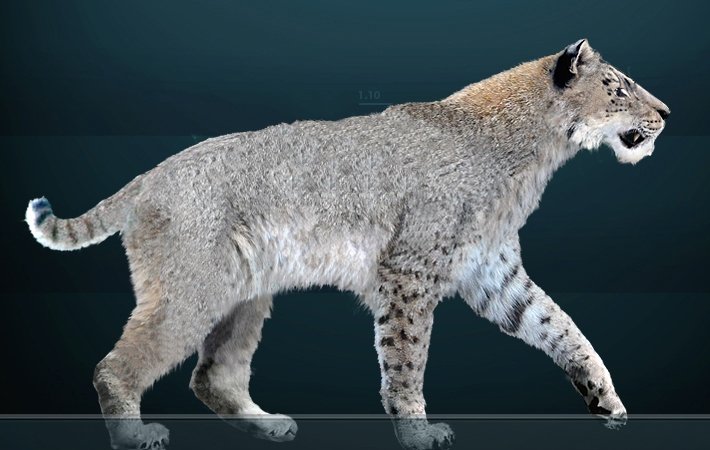
Homotherium, sometimes called the “scimitar cat,” was overshadowed by its more famous cousin, Smilodon. But its fossils reveal a very different story. With shorter sabers and longer legs, scientists once thought it was a failed experiment in cat evolution. Only detailed studies in recent years showed that Homotherium was a pack hunter, roaming open plains and bringing down prey with teamwork rather than brute force. Its fossils are a quiet reminder that not all saber-tooths were solitary killers—some found strength in numbers, rewriting the rules of survival in a dangerous world.
The Island Giant

On the Mediterranean islands, bones of giant cats turned up where they shouldn’t exist. These were not tigers or lions, but massive versions of wildcats, isolated and growing huge over thousands of years. For decades, no one could explain how these cats got there, or why they became giants. Recent research suggests that, with few predators or competitors, these island cats evolved to fill every available niche. Their story is a fascinating twist on the “island rule,” where animals shrink or grow in unexpected ways. It’s a reminder that even the most familiar creatures can become something extraordinary, given the right environment.
The Jungle Phantom

Deep in the rainforests of South America, fossil remains of an unknown cat haunted scientists for decades. Its bones had hints of both jaguar and ocelot, but didn’t match any living species. Only in the 2000s, with improved dating methods, did researchers realize this cat lived in a vanished ecosystem, hunting prey that no longer exists. The jungle phantom’s identity remains partly a mystery, a ghostly reminder that not every story has an ending. Its existence challenges us to protect today’s rainforests, so that tomorrow’s scientists aren’t left puzzling over more lost wonders.
The Cave Cat of China
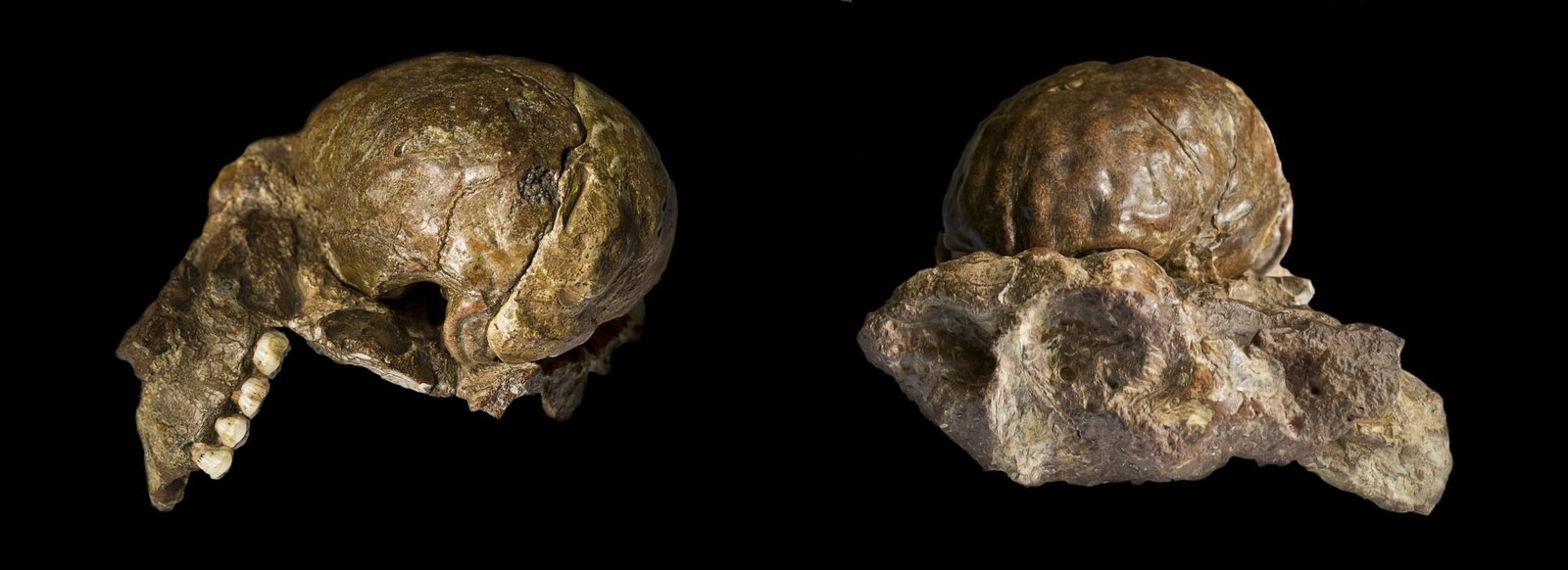
In the limestone caves of China, paleontologists uncovered the remains of a cat unlike any other. Its jaw and teeth were a strange mix of ancient and modern, leaving experts unsure if it was a new species or a weird relative of leopards. For years, the debate raged, until new techniques allowed scientists to reconstruct its DNA and piece together its place in cat history. This cave cat turned out to be a rare evolutionary branch, one that never left the shadows of its mountain home. Its fossils are a quiet testament to the diversity of felines, many of which left only whispers in stone.
The Twisted Jaw Cat

Some fossils show cats with jaws so oddly shaped that scientists wondered if they were diseased or deformed. But repeated finds of these twisted-jaw felines, known as Megantereon, forced researchers to rethink their assumptions. Far from being freaks, these cats had evolved specialized jaws and teeth for a unique style of hunting. Only with 21st-century imaging could scientists see how their skulls allowed for powerful, precise bites. The twisted jaw cat is a lesson in how evolution can take what seems like a flaw and turn it into an advantage, carving out unexpected niches in the natural world.
The Pallas’s Cat’s Ancient Ancestor

Fossil remains from the chilly steppes of Asia once seemed to belong to common wildcats—until closer study revealed features unique to the Pallas’s cat, or manul. For years, its ancestry was unclear, with experts debating if it was a new species or just a variation. Only with recent advances in genetics could researchers connect these ancient fossils to today’s fluffy, wide-eyed Pallas’s cat. Their thick coats and squat bodies are adaptations that stretch back millions of years. It’s a reminder that even the most “ordinary” cats have extraordinary histories, hidden in the dust of forgotten landscapes.
The Mountain Lion’s Shifting Story

For decades, the origins of North America’s mountain lion, or cougar, were tangled in confusion. Fossils turned up across two continents, but didn’t fit neatly into known species. Was the cougar an ancient immigrant, or did it evolve right where it stands today? Only with DNA comparisons in the 2000s did experts unravel the truth: cougars are both newcomers and survivors, shaped by waves of migration and isolation. Their story is one of resilience, proving that even as their world changed, these cats adapted, endured, and kept their wild spirit burning bright.
The Prehistoric Housecat

Among the most surprising finds were fossils of Felis lunensis, a small cat that looked shockingly similar to our modern housecats. For ages, scientists couldn’t decide if it was an ancient wildcat or the first step toward domestication. Recent research shows these cats lived alongside early humans, but still hunted and lived wild. Their bones tell a story of curiosity, adaptability, and the first faint sparks of the bond between cats and people. It’s a comforting thought—that even millions of years ago, little cats were already finding their place at the edge of the human world.
The Leopard’s Ice Age Adventure
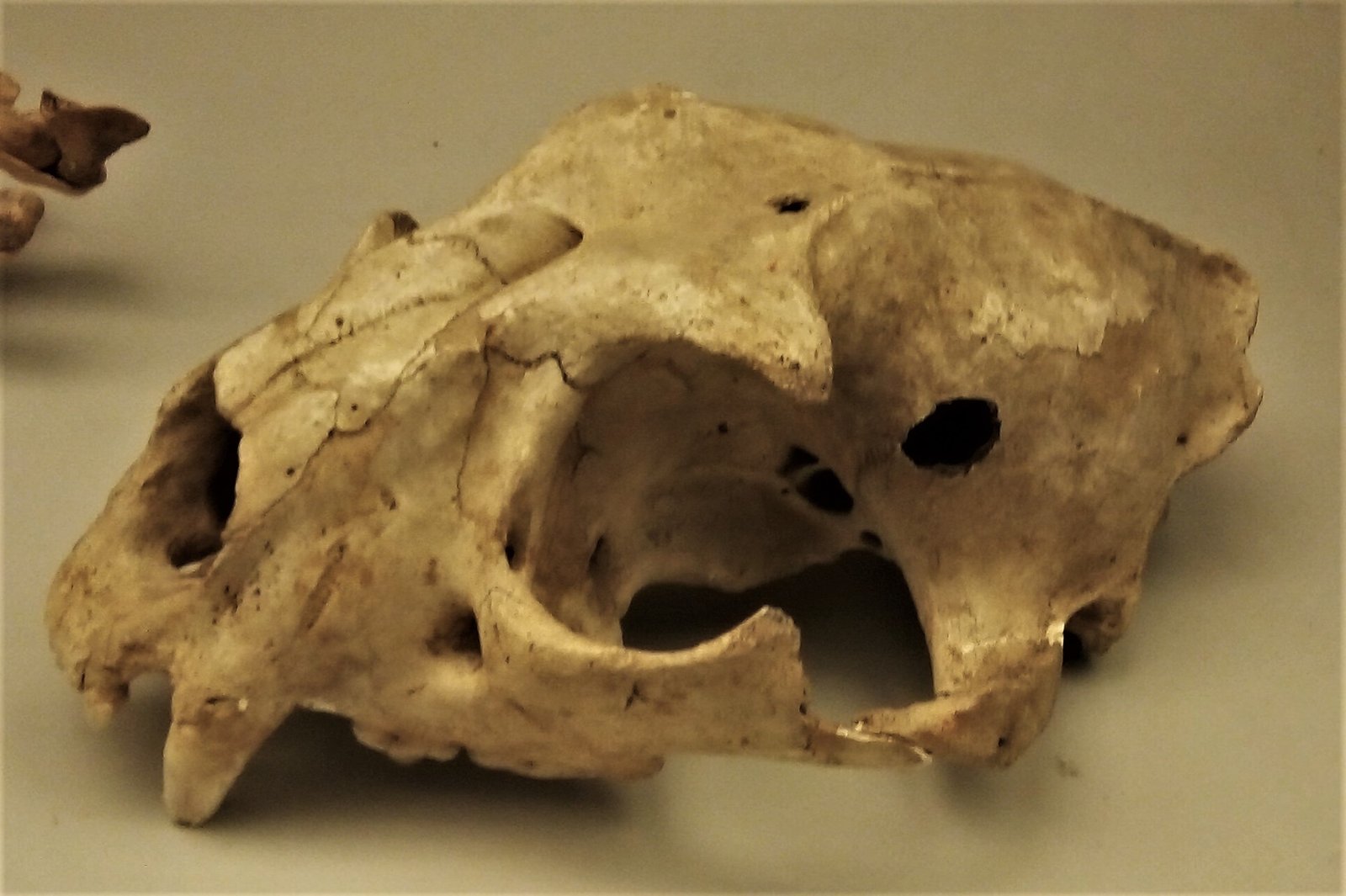
Leopard fossils from the Ice Age appeared in places where leopards shouldn’t be—high in the mountains and far from their usual range. For years, this baffled researchers, who struggled to explain how these big cats survived the cold. Only with careful study of their teeth and bones did scientists uncover the answer: Ice Age leopards were tougher and more adaptable than their modern relatives, able to hunt in snow and endure freezing nights. Their journey is a testament to feline flexibility, showing that with a little grit, even the wildest cats can conquer new frontiers.
Conclusion
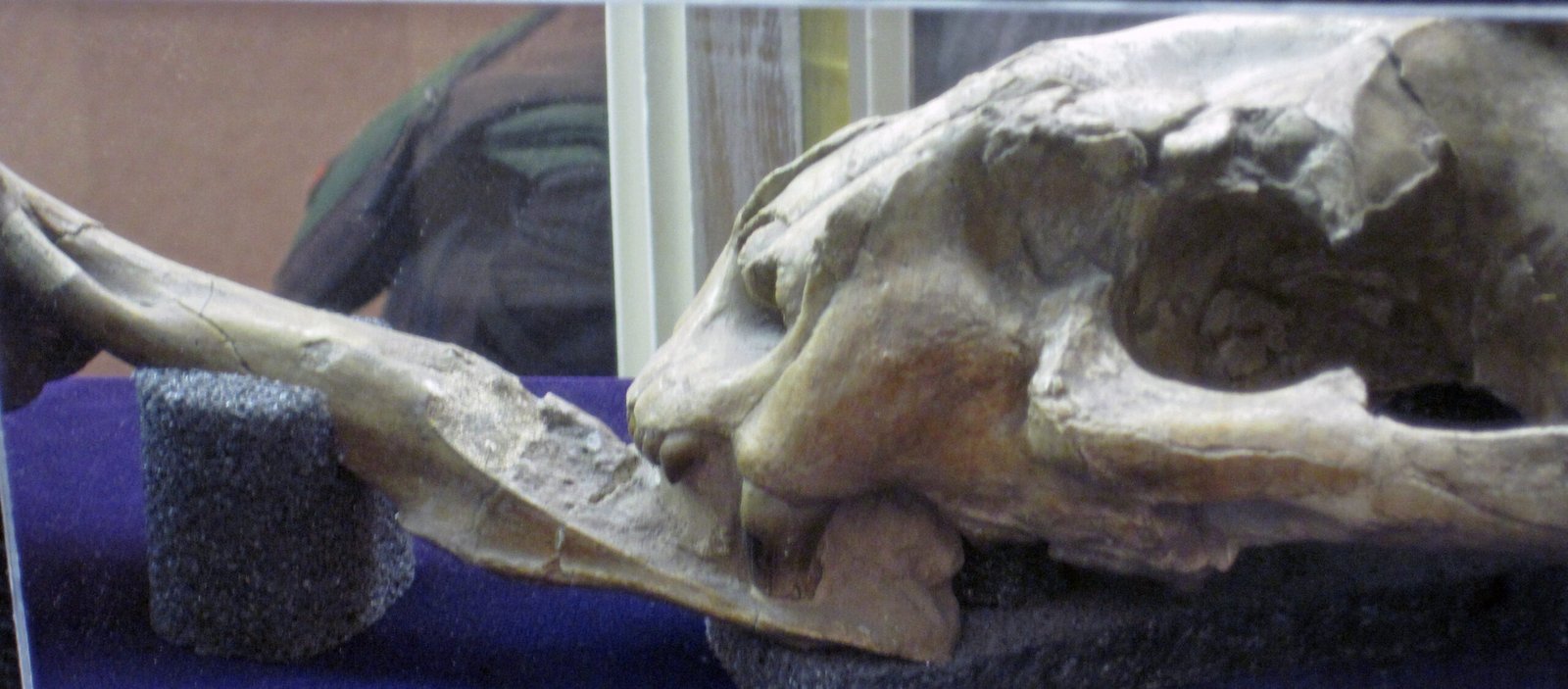
Cats have always been masters of mystery, and their fossils are the ultimate proof. Each bone, tooth, or claw tells a story of survival, adaptation, and the wild experiments of evolution. From saber-toothed giants to tiny forest prowlers, these ancient felines remind us that the world is full of surprises—and that there’s still so much we don’t know. Their secrets, hidden for millions of years, teach us to look closer and cherish the wildness in every living cat. Next time you watch a housecat stretch or a lion yawn, remember: they carry the echoes of a deep, untamed past. Did you expect cats to have such astonishing stories?

Suhail Ahmed is a passionate digital professional and nature enthusiast with over 8 years of experience in content strategy, SEO, web development, and digital operations. Alongside his freelance journey, Suhail actively contributes to nature and wildlife platforms like Feline Fam, where he channels his curiosity for the Feline into engaging, educational storytelling.
With a strong background in managing digital ecosystems — from ecommerce stores and WordPress websites to social media and automation — Suhail merges technical precision with creative insight. His content reflects a rare balance: SEO-friendly yet deeply human, data-informed yet emotionally resonant.
Driven by a love for discovery and storytelling, Suhail believes in using digital platforms to amplify causes that matter — especially those protecting Earth’s biodiversity and inspiring sustainable living. Whether he’s managing online projects or crafting wildlife content, his goal remains the same: to inform, inspire, and leave a positive digital footprint.






